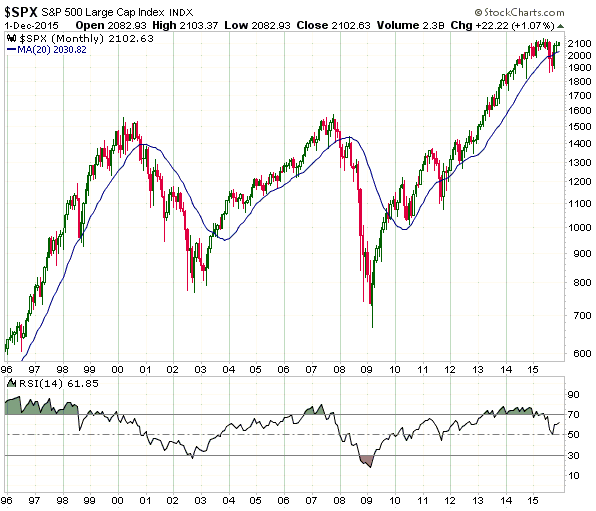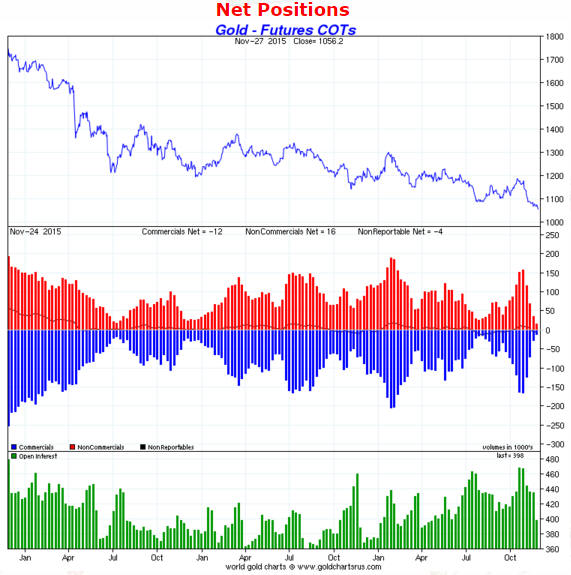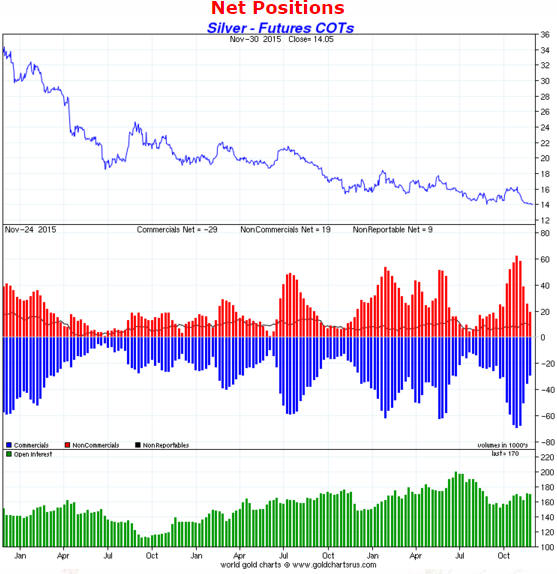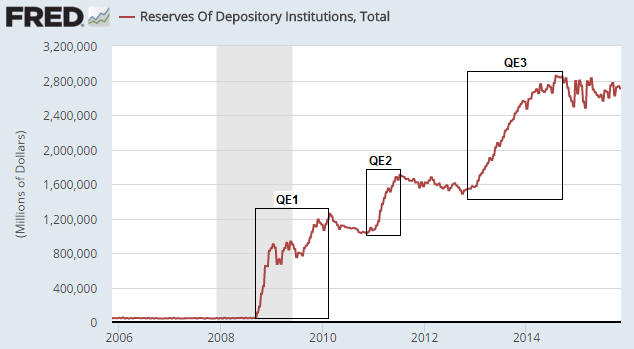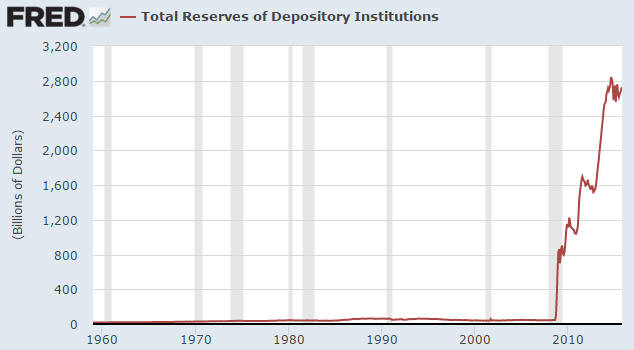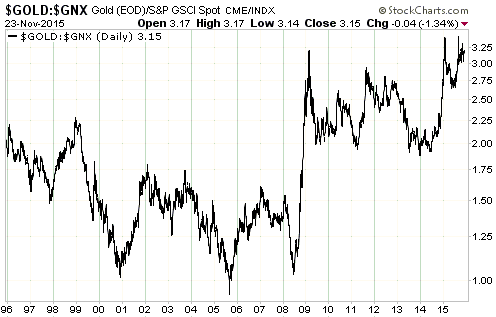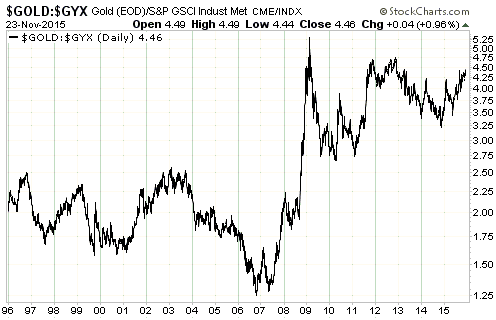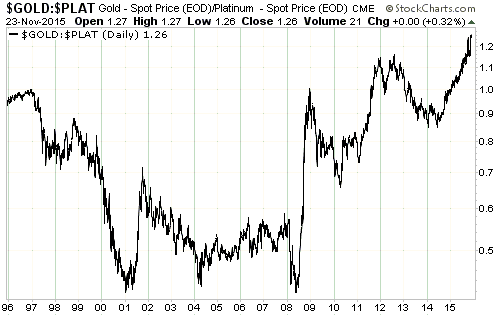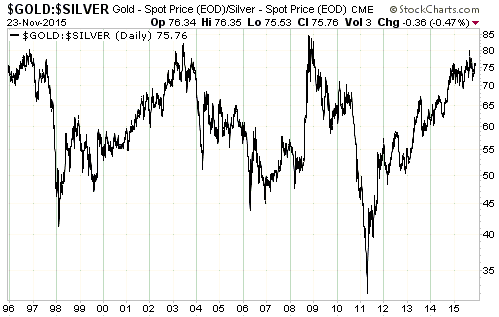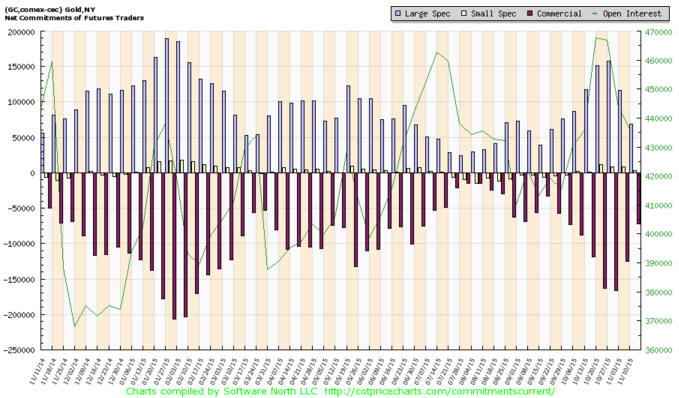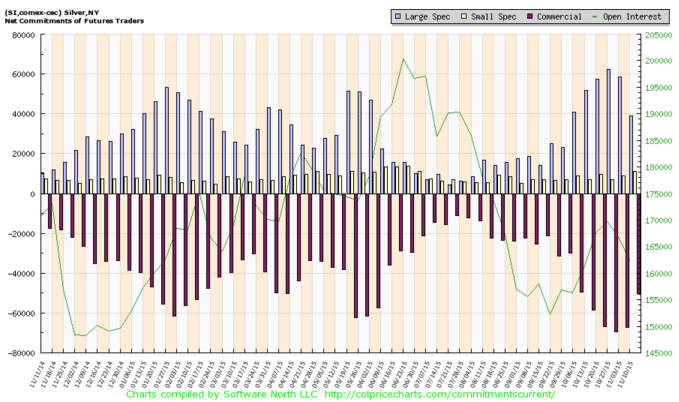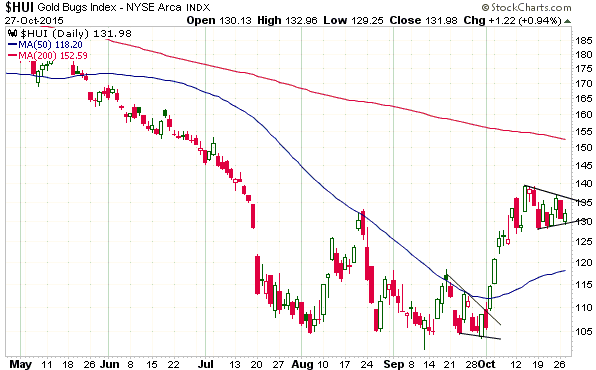To develop a popular newsletter or blog focusing on finance and investment, you don’t need to offer anything of real value. You just need to adopt all or most of the following guidelines/suggestions.
1) H.L.Mencken wrote: “The whole aim of practical politics is to keep the populace alarmed (and hence clamorous to be led to safety) by menacing it with an endless series of hobgoblins, all of them imaginary.” The same approach can be applied to the financial writing business. Specifically, the main goal of practical newsletter-writing and blogging is to keep the readership alarmed (and hence clamorous for advice) by menacing it with an endless series of hobgoblins, most of them imaginary.
2) If your analyses and recommendations prove to be on the mark then give yourself a very public ‘pat on the back’ for having been incredibly prescient, but if your analyses and recommendations prove to be off the mark then put the blame on market manipulation and quickly move on. Never acknowledge the possibility that your analysis was wrong.
3) Grab every opportunity to re-write the history of your own performance with the aim of creating the impression that your forecasting record is much better than is actually the case. This will work because a) if you claim often enough and assertively enough that you correctly predicted a major market move, it will eventually be perceived as the truth, and b) most of your old readers won’t remember and most of your new readers won’t check what you wrote in the past.
4) Word any ‘analysis’ in such a way that you will be right regardless of what happens. Here are some examples:
a) A non-specific forecast of higher volatility is always good, because it will always be possible to subsequently find a market or a region in which volatility increased.
b) Present multiple scenarios that essentially cover all possible outcomes.
c) Present forecasts/assessments in the format: Bullish above A$, bearish below B$. When the price moves above A$ or below B$, generate a new forecast in the same format. This way you will always be 100% accurate without ever providing useful information.
5) Emphasise the forecasts/recommendations that have worked and forget to mention, or only mention in passing, the ones that didn’t work. For example, publish a list showing the large gains made by some of your past recommendations and add a note to the effect that not all of your recommendations resulted in such spectacular success. This has the advantage of creating a totally false impression of your performance without actually being a lie.
 Print This Post
Print This Post

